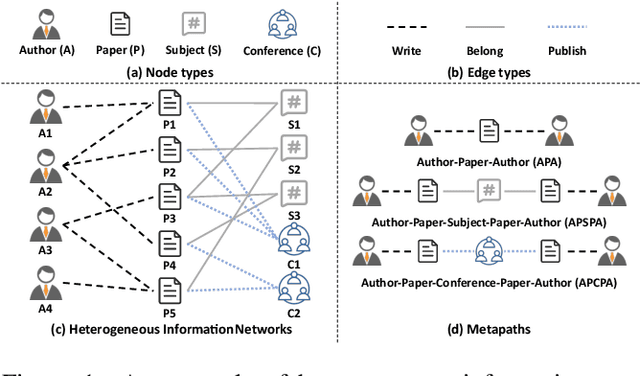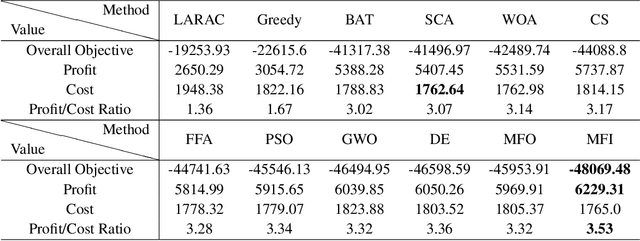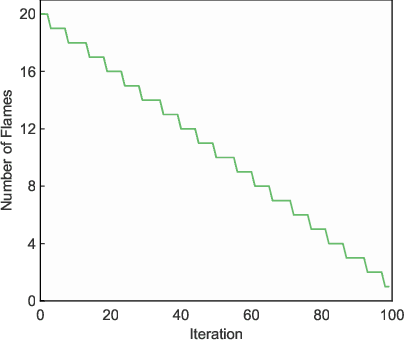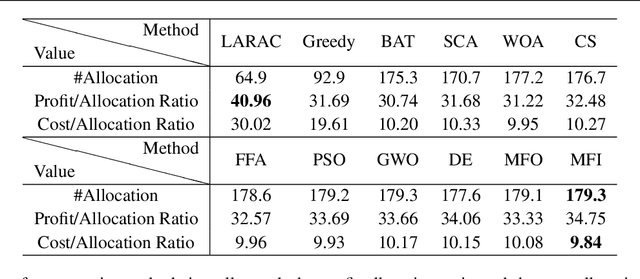Shigen Shen
DNFS-VNE: Deep Neuro-Fuzzy System-Driven Virtual Network Embedding Algorithm
Oct 13, 2023Abstract:By decoupling substrate resources, network virtualization (NV) is a promising solution for meeting diverse demands and ensuring differentiated quality of service (QoS). In particular, virtual network embedding (VNE) is a critical enabling technology that enhances the flexibility and scalability of network deployment by addressing the coupling of Internet processes and services. However, in the existing works, the black-box nature of deep neural networks (DNNs) limits the analysis, development, and improvement of systems. In recent times, interpretable deep learning (DL) represented by deep neuro-fuzzy systems (DNFS) combined with fuzzy inference has shown promising interpretability to further exploit the hidden value in the data. Motivated by this, we propose a DNFS-based VNE algorithm that aims to provide an interpretable NV scheme. Specifically, data-driven convolutional neural networks (CNNs) are used as fuzzy implication operators to compute the embedding probabilities of candidate substrate nodes through entailment operations. And, the identified fuzzy rule patterns are cached into the weights by forward computation and gradient back-propagation (BP). In addition, the fuzzy rule base is constructed based on Mamdani-type linguistic rules using linguistic labels. Finally, the effectiveness of evaluation indicators and fuzzy rules is verified by experiments.
Heterogeneous Graph Contrastive Multi-view Learning
Oct 01, 2022



Abstract:Inspired by the success of contrastive learning (CL) in computer vision and natural language processing, graph contrastive learning (GCL) has been developed to learn discriminative node representations on graph datasets. However, the development of GCL on Heterogeneous Information Networks (HINs) is still in the infant stage. For example, it is unclear how to augment the HINs without substantially altering the underlying semantics, and how to design the contrastive objective to fully capture the rich semantics. Moreover, early investigations demonstrate that CL suffers from sampling bias, whereas conventional debiasing techniques are empirically shown to be inadequate for GCL. How to mitigate the sampling bias for heterogeneous GCL is another important problem. To address the aforementioned challenges, we propose a novel Heterogeneous Graph Contrastive Multi-view Learning (HGCML) model. In particular, we use metapaths as the augmentation to generate multiple subgraphs as multi-views, and propose a contrastive objective to maximize the mutual information between any pairs of metapath-induced views. To alleviate the sampling bias, we further propose a positive sampling strategy to explicitly select positives for each node via jointly considering semantic and structural information preserved on each metapath view. Extensive experiments demonstrate HGCML consistently outperforms state-of-the-art baselines on five real-world benchmark datasets.
PECCO: A Profit and Cost-oriented Computation Offloading Scheme in Edge-Cloud Environment with Improved Moth-flame Optimisation
Aug 09, 2022



Abstract:With the fast growing quantity of data generated by smart devices and the exponential surge of processing demand in the Internet of Things (IoT) era, the resource-rich cloud centres have been utilised to tackle these challenges. To relieve the burden on cloud centres, edge-cloud computation offloading becomes a promising solution since shortening the proximity between the data source and the computation by offloading computation tasks from the cloud to edge devices can improve performance and Quality of Service (QoS). Several optimisation models of edge-cloud computation offloading have been proposed that take computation costs and heterogeneous communication costs into account. However, several important factors are not jointly considered, such as heterogeneities of tasks, load balancing among nodes and the profit yielded by computation tasks, which lead to the profit and cost-oriented computation offloading optimisation model PECCO proposed in this paper. Considering that the model is hard in nature and the optimisation objective is not differentiable, we propose an improved Moth-flame optimiser PECCO-MFI which addresses some deficiencies of the original Moth-flame Optimiser and integrate it under the edge-cloud environment. Comprehensive experiments are conducted to verify the superior performance of the proposed method when optimising the proposed task offloading model under the edge-cloud environment.
 Add to Chrome
Add to Chrome Add to Firefox
Add to Firefox Add to Edge
Add to Edge